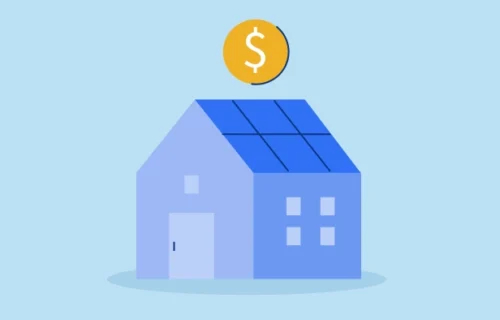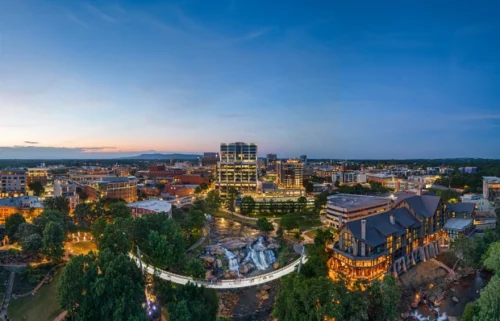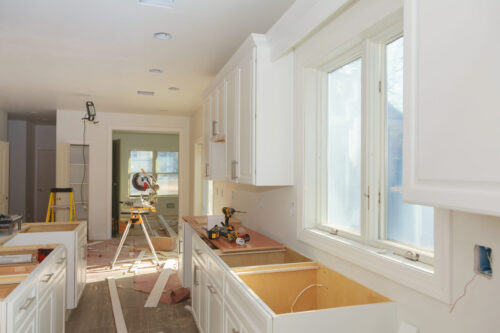
Connect with a Lima One expert today!
If you’d like to know more about this topic or see how it applies to your project, let’s talk.
Lima One CEO Jeff Tennyson on Trends in New Construction Financing
Lima One CEO Jeff Tennyson on Trends in New Construction Financing
Debtwire interviewed Lima One CEO Jeff Tennyson recently on the trends with New Construction loans as well as the overall landscape that real estate investors encounter right now. Below are some excerpts from Debtwire's article, which you can read in full here (subscription required).
Originations of construction loans are surpassing the growth rates of other residential business-purpose products at lender Lima One Capital this year as tight US housing inventory moves borrowers toward more laborious projects, said CEO Jeff Tennyson.
Ground up construction lending at Lima One has more than doubled to USD 30m-USD 40m a month from last year, making it “without a doubt” the company’s fastest growing product type alongside fix & flip, rental and multifamily products, he said.
The surge is party driven by fix & flip borrowers looking for better opportunities at a time when houses have become more difficult or costly to acquire, he said. Borrowers are typically flippers already experienced in major home renovations, and their projects are often urban infill, Tennyson said.
“New construction is our most popular new product because there’s such a dearth of inventory,” he said.
To be sure, fix & flip and single-family rental loan products have more than fully rebounded from the spring of 2020 when lending ground to a halt, Tennyson said. Lima One saw a record for monthly originations in March and is on pace for an annual USD 1.5bn run rate, up from levels before the COVID-19 pandemic hit the economy, he said.
Lima One’s experience with construction lending comes amid a surge in demand to buy or rent single family homes during the pandemic and a chronic shortage of available homes. The monthly supply of homes as measured by the ratio of houses for sale to houses sold hit a 17-year low of 3.5 months in October, was a low 4.8 months as of February, according to data compiled by the Federal Reserve Bank of St. Louis.
Meantime, there’s growing demand from investors for the loans with rates from 7% to 11% for fix & flip borrowers and in the mid-to-high 7% area for construction lending, Tennyson said. Demand for Lima One’s rental loans with mid-to-high 4% rates is heaviest because investors like the rate and duration relative to traditional mortgage loans, and they can be easily securitized, he said.
...
Risks in business-purpose lending are still present even if they are masked by housing trends. The impact of the pandemic pushed delinquencies on fix & flip loans in Toorak securitizations so high that the company repurchased them and refinanced them as NPLs. Reports of defaulted bridge loans or investors seeking them are popping up on social media.
“If there’s heavy rehab, rising lumber costs and other elements of the business have made it more uncertain for the inexperienced flipper,” Tennyson said.
Delinquent loans are less than 4% of the 5,000 loans serviced by Lima One, he said.
Experienced operators will get borrowing rates as much as four points lower than an inexperienced one, Tennyson said.
And in construction lending, Lima One leans toward financing just a few houses in any area, and away from riskier large developments, he said. There’s a long runway for private lenders to compete with community banks, a common source of construction loans, he said.
“For at least a bit of time the risk is meaningfully lower because of the need for inventory,” Tennyson said. “We’re probably a year or so at least from having any meaningful concerns of overbuilding.”
Subscribe for More Insights
Get the latest industry news & Lima One updates.









